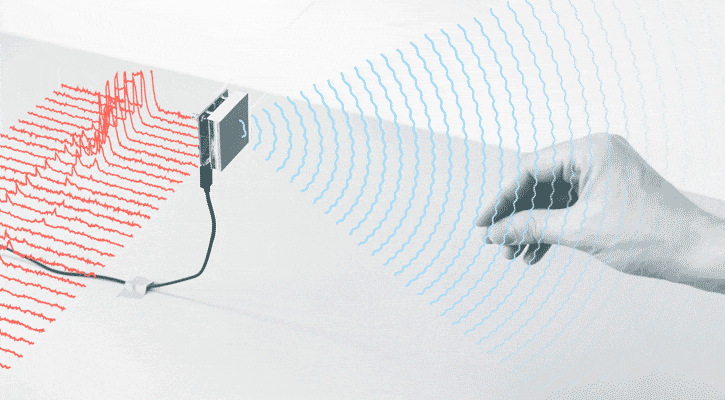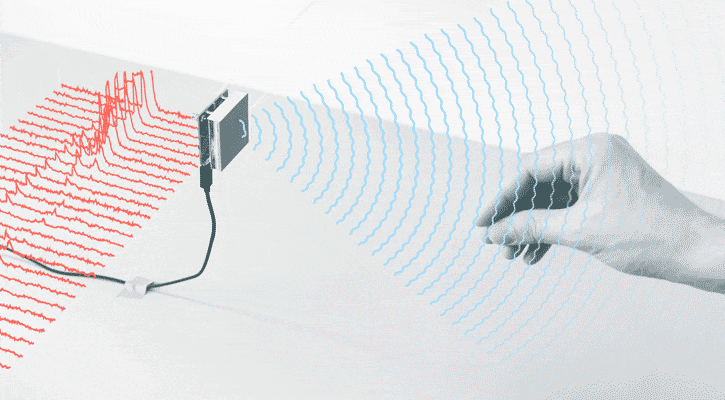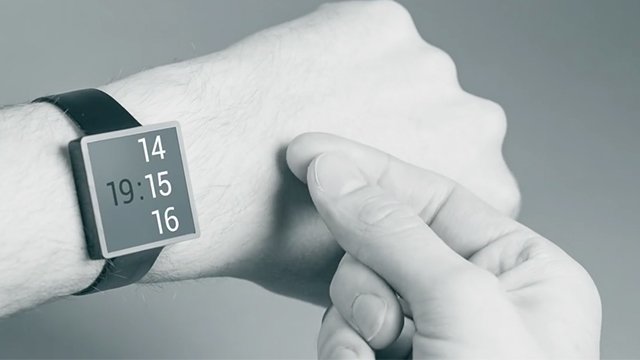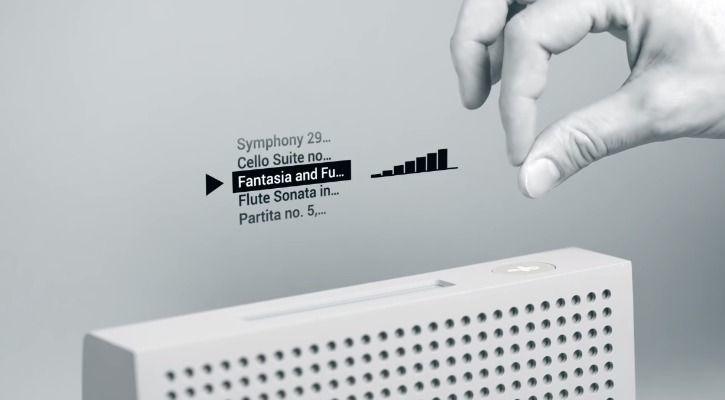Google Is Making A Revolution With Movement Tracking Technology
Rishu Mayadev - Jan 08, 2019

Google to test its radar-based gesture control, Soli, which hopefully with extend the limit to how humans can control their devices.
- Google Offers Voluntary Buyouts to US Employees Amid AI Push
- Google SynthID: Everything You Need to Know About AI Content Detection
- NotebookLM Mobile App: Enterprise AI Capabilities Now Available on iOS and Android
The world is moving closer to the era of advanced technology and Google is the first company to work on a gesture control technology. This new modern technology is called Soli, it was revealed in 2016 by Google’s Advanced Technology and Projects (ATAP) unit and has now made a major advance towards replacing the touchscreens.
Recently, Google has made an important move to bring this marvelous technic a huge step closer to the world.
Google has finally been approved by US authorities to conduct tests on this technology. The power levels needed for these tests will be much higher than the consumer electronics allowance. They also have to test the device’s usage on planes since it has a very low risk of harmfully affecting other spectrum users, according to the government.
How does Soli work?

Soli’s radar chip detects hand movements, creating a gesture control system.
Project Soli, which is led by Ivan Poupyrev, utilizes a radar sensor to monitor our hand's small movements and turn it into digital signals by transmitting electromagnetic waves in a wide beam. The beams are then received by a gesture recognition pipeline, which analyzes the gesture and responds accordingly.
The use of radar sensor offers several advantages such as it includes no moving parts, can transmit through objects, it is also really accurate thanks to using very high-frequency waves, its size is also reduced to a microchip, ensuring reliability and precision.
On the way from our imagination to reality

Sensors on the camera are now available, as Leap Motion can capture motion, but this approach is quite annoying and requires additional hardware. The impression of the Google system is that it uses invisible radar waves emitted from a chip that can be integrated into anything. Mr. Poupyrev's group said the biggest challenge was to shrink shoe-box radars into something as small as a microchip.
Inspired by improvements in the next generation wifi technology, called wi-gig, Google's team was able to shrink radar components when working with German chip makers - Infineon. The built-in radar is available on a large scale, and Soli can be installed in anything.

The idea would be perfect for devices with small sizes like smartwatches with little space for touchscreens and buttons. Or else, it could be handy for those with limited mobility.
Nothing can stop the innovation in technology, sooner or later, humans can interact with any device without any touchscreens or buttons, or nobs, just do some exact movements with your fingers or hands, near the device and it will follow your will. Well, for example, imagine you are listening to music at school, your phone has wifi connected but you don’t have to directly interact anything to switch songs or adjust the volume. Otherwise, you can make a knob turning hand gesture in front of your phone. How great would that be?
How about your computer has this technology, there will be no keyboard or mouse, just like the one Tony Stark has. You just need to gently touch your fingers into the virtual display and then control it.

The virtual display we only see on movies.
Thinking bigger, there are so many things that Soli can do for your convenience. If Soli technology is developed, it will provide an opportunity to experience a better life for people who are paralyzed, they can control electrical devices remotely without pressing the control button or smart mobile phone app.
Google with Soli project looks so promising with the permission they get to do more research. However, to see any big changing, for now, is hard. However, when it really comes to our life, we know this kind of technology will blow our minds.
Featured Stories

Features - Jul 01, 2025
What Are The Fastest Passenger Vehicles Ever Created?

Features - Jun 25, 2025
Japan Hydrogen Breakthrough: Scientists Crack the Clean Energy Code with...

ICT News - Jun 25, 2025
AI Intimidation Tactics: CEOs Turn Flawed Technology Into Employee Fear Machine

Review - Jun 25, 2025
Windows 11 Problems: Is Microsoft's "Best" OS Actually Getting Worse?

Features - Jun 22, 2025
Telegram Founder Pavel Durov Plans to Split $14 Billion Fortune Among 106 Children

ICT News - Jun 22, 2025
Neuralink Telepathy Chip Enables Quadriplegic Rob Greiner to Control Games with...

Features - Jun 21, 2025
This Over $100 Bottle Has Nothing But Fresh Air Inside

Features - Jun 18, 2025
Best Mobile VPN Apps for Gaming 2025: Complete Guide

Features - Jun 18, 2025
A Math Formula Tells Us How Long Everything Will Live

Features - Jun 16, 2025
Comments
Sort by Newest | Popular